

 |
 |
|
"A magical use of space, light, water and decoration characterizes this most sensual piece of architecture. It was built under Ismail I, Yusuf I, and Muhammad V, caliphs when the nasrid dynasty ruled Granada. Seeking to belie an image of waning power, they created their idea of paradise on Earth. Modest materials were used (plaster, timber, and tiles), but they were superbly worked. Although the Alhambra suffered pillage and decay, including an attempt by Napoleon's troops to blow it up, in recent times it has undergone extensive restoration and its delicate craftsmanship still dazzles the eye."*
|
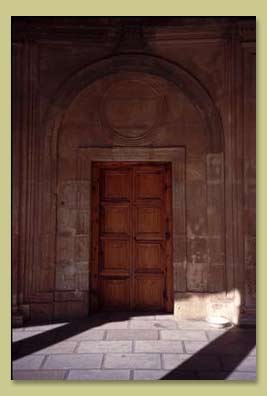 |
 |
|
|
Palacio de Carlos V. Huge Renaissance palace begun in 1527. Square building with an two-tiered circular courtyard supported by 32 columns. |
 |
 |
|
Patio del Mexuar was built in 1365. The reigning sultan would hear subject's petitions and hold meetins with his ministers.
Detail of the intricate scroll work throughout the Palacios --> |
 |
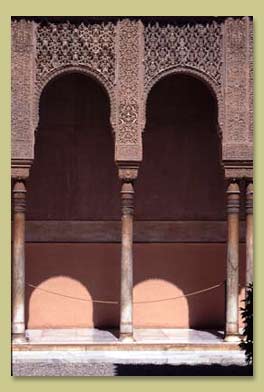 |
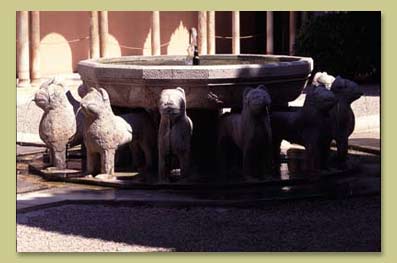 |
|
| A few of the 124 columns that support the arcade surrounding the Patio de los Leones. |
Patio
de los Leones. Buit by Muhammad V. Twelve marble lions ring the fountain.
|
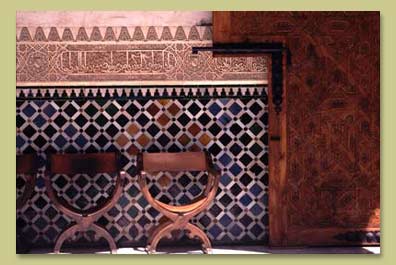 |
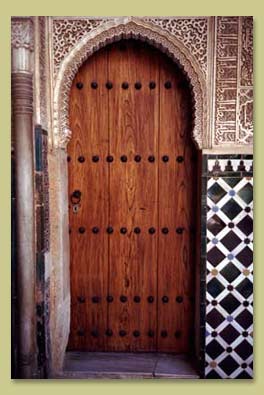 |
|
|
Patio
de Arrayanes. Contains a long rectangular reflecting pool.
|
||
|
|
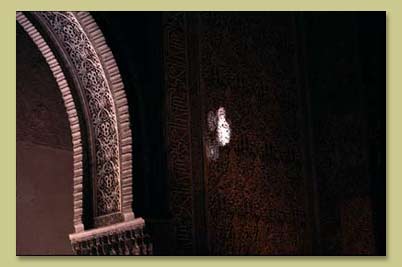 |
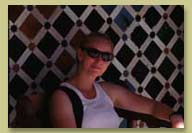 |
|
|
Sala de los Abencerrajes. The ceiling has a geometric pattern that was inspired by Pythagoras' theorem.
Map showing the Patio del Mexuar (#24), Patio de Arrayanes (#26)Palacio de Carlos V (#29), Patio de los Leones (#31). -->
|
|
| Granada Home | <-- The Alhambra: Alcazaba | Generalife --> |
|
This page last updated
on March 2, 2000 |
|||||||